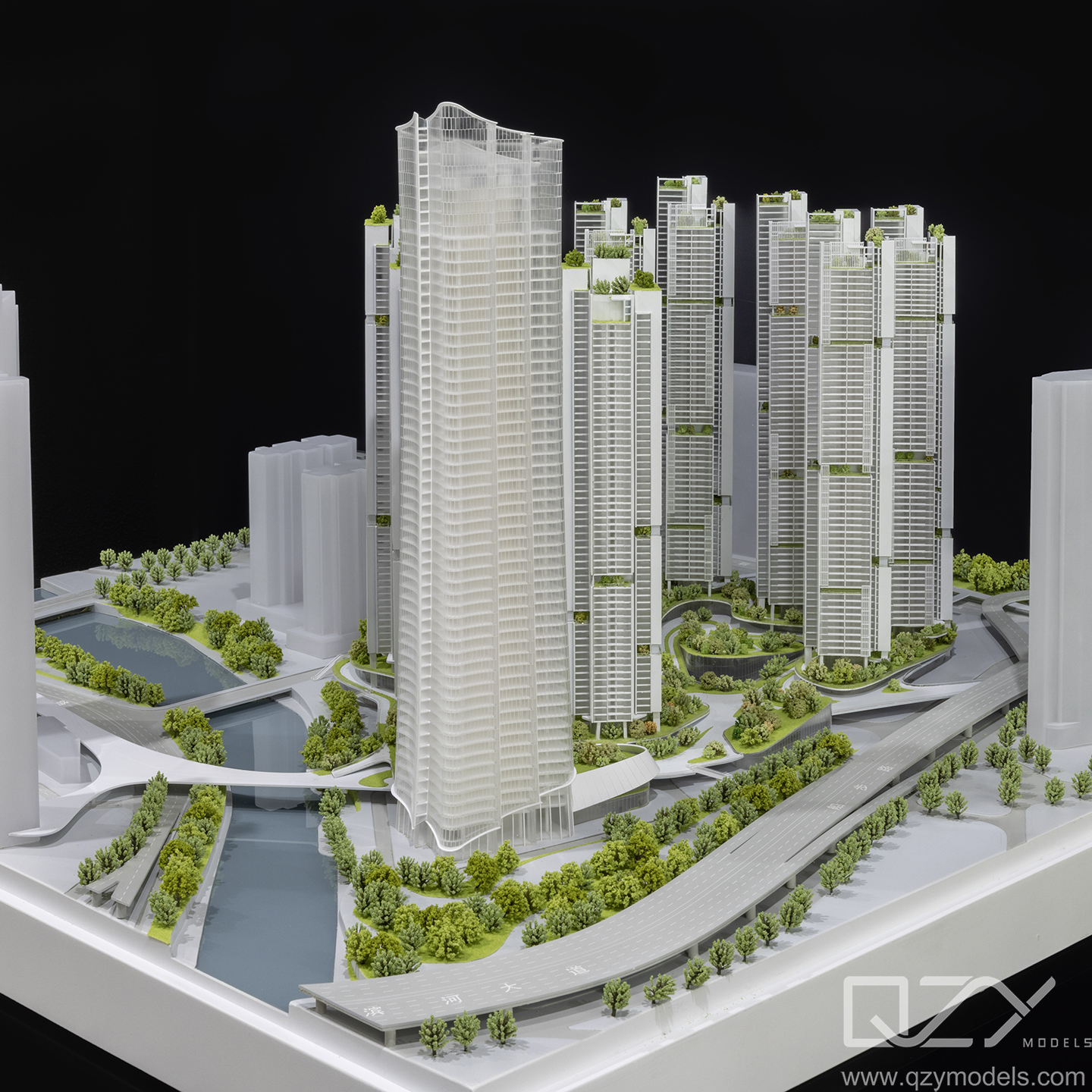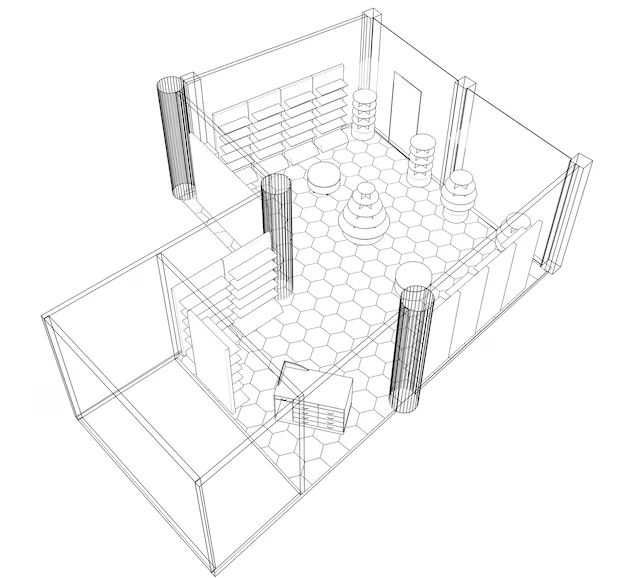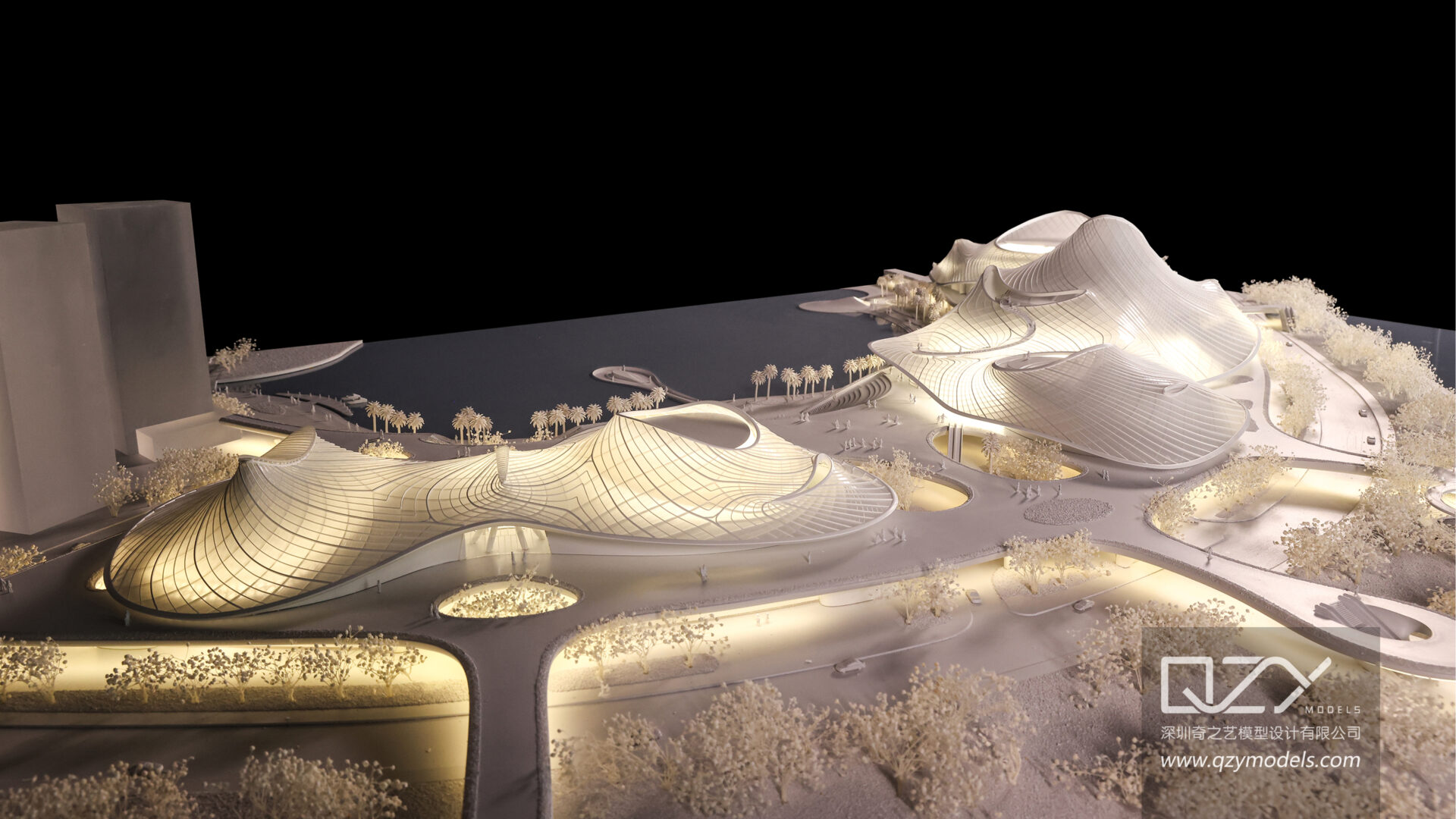In the captivating realm of model making, the choice of scale plays a pivotal role in determining the intricacy and impact of a creation. Scale refers to the proportional relationship between the model and the real-world object or environment it represents. Understanding the significance of scale in models is vital, as it directly influences the level of detail, viewer immersion, and practical applications of the model. In this illuminating article, we delve into the profound implications of model scale in diverse industries and creative pursuits.

I. Understanding the Essence of Model Scale
The model scale forms the very essence of translating imagination into tangible form. It is the art of proportion, where size becomes a powerful language, conveying depth, impact, and intricacy. From the microcosmic world of miniature models to the grandeur of monumental replicas, each scale choice carries its own significance. Scaling down enables a closer examination of fine details, while scaling up commands attention and highlights structural majesty.
A. The Role of Scale in Visualization:
The significance of model scale lies in its ability to transform abstract ideas into tangible representations. It serves as a powerful language that allows designers and creators to communicate their visions with precision and clarity. By choosing the appropriate scale, model makers can vividly portray spatial relationships, proportions, and design elements, facilitating a deeper understanding of the project’s overall impact.
B. Grasping Proportions and Measurements:
In the realm of model making, accurate measurements and proportions are paramount. Model makers meticulously calculate and translate real-world dimensions into scaled-down versions while preserving the essence and aesthetics of the original design. Understanding proportions ensures that each element of the model aligns harmoniously, creating a cohesive and realistic portrayal of the intended structure or object.
II. The Art and Technique of Scaling in Models
A. Scale Models in Architecture:
Architectural scale models serve as compelling tools in the architectural design process. They allow architects to bring their blueprints and digital designs to life, enabling clients and stakeholders to visualize the proposed structure in three-dimensional form. With architectural scale models, intricate details, exterior aesthetics, and interior spaces become tangible, fostering better communication and decision-making.
B. Precision in Engineering Prototypes:
In the realm of engineering, scaling plays a vital role in the development of prototypes. Engineering scale models help engineers test the functionality and performance of complex structures before full-scale production. These precise scaled-down versions allow for in-depth analysis, optimization, and identification of potential design flaws, ensuring that the final product meets the highest standards of quality and safety.
C. Artistic Expressions in Scale Modeling:
Beyond technical applications, scale modeling transcends into an art form. Skilled model makers and miniature artists use their creativity and attention to detail to create captivating dioramas and miniature scenes. These artistic endeavors evoke emotions, tell stories, and capture historical moments, showcasing the limitless possibilities of model scale as a means of artistic expression.
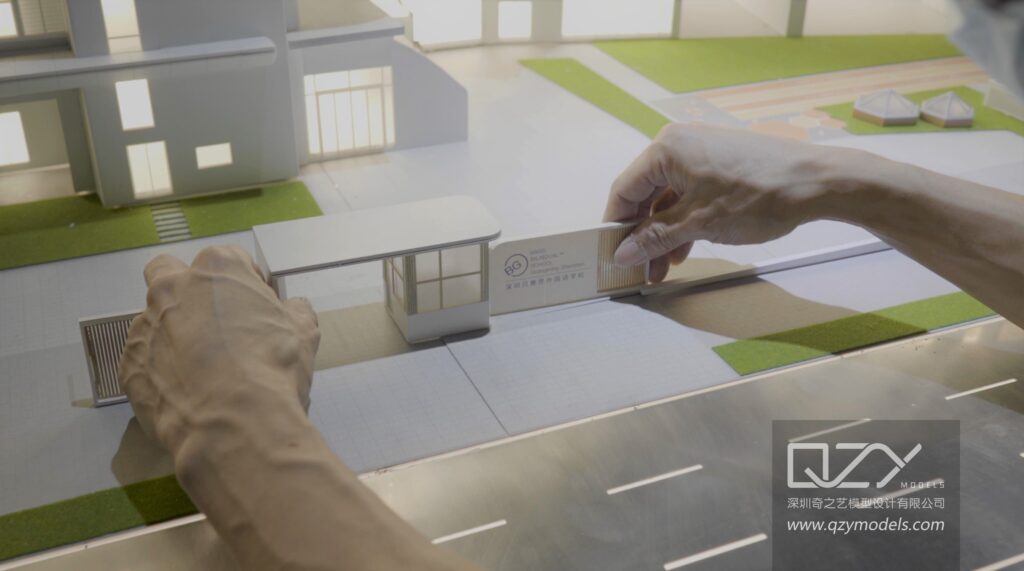
III. The Challenges and Considerations of Scaling
A. Selecting the Appropriate Scale:
Choosing the right scale for a model involves careful consideration of various factors, including the complexity of the project, the level of detail required, and the available resources. Larger scales offer more intricate representations but may limit the scope of the model, while smaller scales demand precise craftsmanship to accurately capture finer details. The appropriate scale choice ensures the model effectively conveys the intended message and purpose.
B. Handling Small Scale Details:
Small-scale models demand exceptional precision and dexterity in crafting. Model makers meticulously handle tiny components, delicately working with micro-tools and materials to replicate even the smallest features accurately. The artistry lies in the ability to maintain realism and intricacy despite the reduced dimensions, showcasing the model maker’s dedication to their craft.
IV. Scaling Up: Large-Scale Models and Their Impact
A. Large-Scale Architectural Representations:
Large-scale architectural models provide a captivating experience, allowing viewers to immerse themselves fully in the envisioned environment. Architects and urban planners use these expansive models to showcase intricate architectural details, interior spaces, and urban landscapes. These large-scale representations foster a deeper connection with the design and offer a comprehensive understanding of the project’s impact on the surrounding environment.
B. Monumental Engineering Prototypes:
For large and complex engineering projects, monumental-scale models become invaluable tools for testing and analysis. These oversized prototypes allow engineers to evaluate the structural integrity, functionality, and safety of their designs on a grand scale. Monumental engineering models provide a unique opportunity to identify potential challenges and optimize solutions before embarking on full-scale construction.
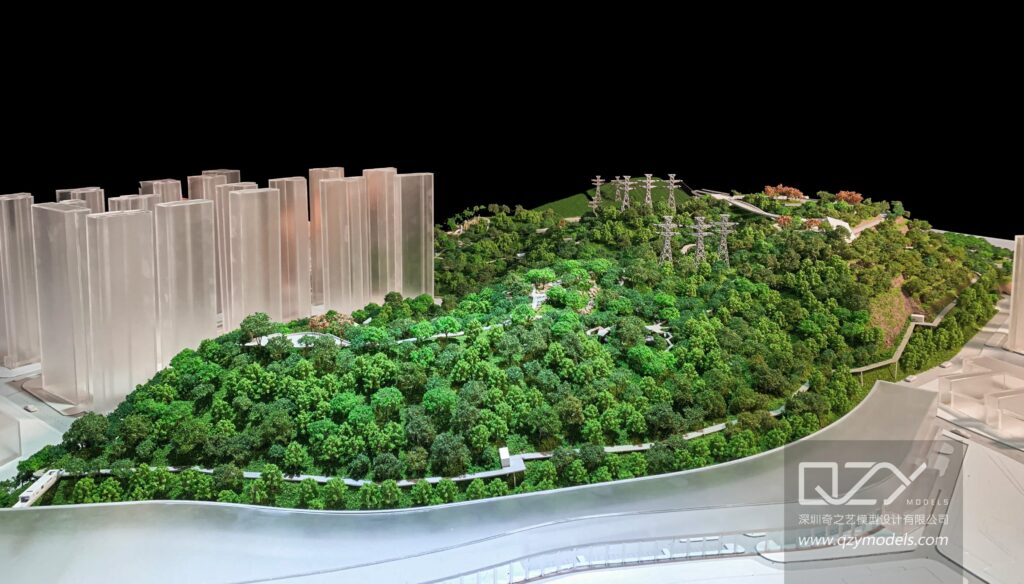
V. The Future of Model Scale: Embracing Technology and Innovation
A. Advancements in Digital Scaling:
The future of model scale is intertwined with technological advancements. Digital tools, such as 3D modeling software and virtual reality simulations, offer new avenues for exploring scale and design possibilities. Digital scaling enhances collaboration among multidisciplinary teams and accelerates the design process, leading to innovative and efficient outcomes.
B. Combining Traditional Craftsmanship with Modern Techniques:
As technology continues to evolve, model makers uphold the value of traditional craftsmanship. The combination of digital techniques and handcrafted artistry ensures that models maintain a human touch, authenticity, and a sense of artistic expression. This harmonious blend celebrates the heritage of model making while embracing the potential of cutting-edge innovations.
The model scale is a captivating realm that bridges the gap between imagination and reality. This comprehensive guide has explored the significance of various scales, from micro to monumental, and their profound impact on design, architecture, engineering, and art. Each scale offers a unique perspective, evoking emotions, sparking curiosity, and enabling effective communication among designers and stakeholders.
As an art form and a powerful communication tool, the model scale enriches the creative process, fostering collaboration and pushing the boundaries of innovation. It stands as a testament to the artistry, dedication, and passion of model makers who breathe life into these exquisite creations. In a world of evolving technology, model scale embraces a harmonious blend of traditional craftsmanship and modern techniques, offering boundless possibilities for exploration and design.
Discovering the World Through Miniatures – About Us
QZY Models, founded in 2013 in Shenzhen, China, is a leading professional team specializing in the design and production of customized physical models. Rooted in the architecture industry, QZY Models caters to diverse model production needs, ranging from furniture, interior design, architectural landscape, to urban planning. Moreover, we are continuously exploring various fields, including dynamic mechanical models, industrial equipment displays, scientific and technological principle displays, and exhibition displays, to create a diverse model service ecosystem.
Since commencing our independent business in 2013 and establishing our base in Shenzhen, ensuring quality has always remained our top priority. We have forged strong collaborations with renowned companies in over ten countries, such as the United Kingdom, the United States, Canada, and Singapore. Our completed projects span across China, the United Arab Emirates, Saudi Arabia, Egypt, Poland, Morocco, Ethiopia, and other countries. Presently, QZY Models has established branches or offices in Egypt, Morocco, Saudi Arabia, Lebanon, Italy, the Netherlands, and other locations, firmly committed to serving global customers. For more information, please visit our official website: www.qzymodels.com

